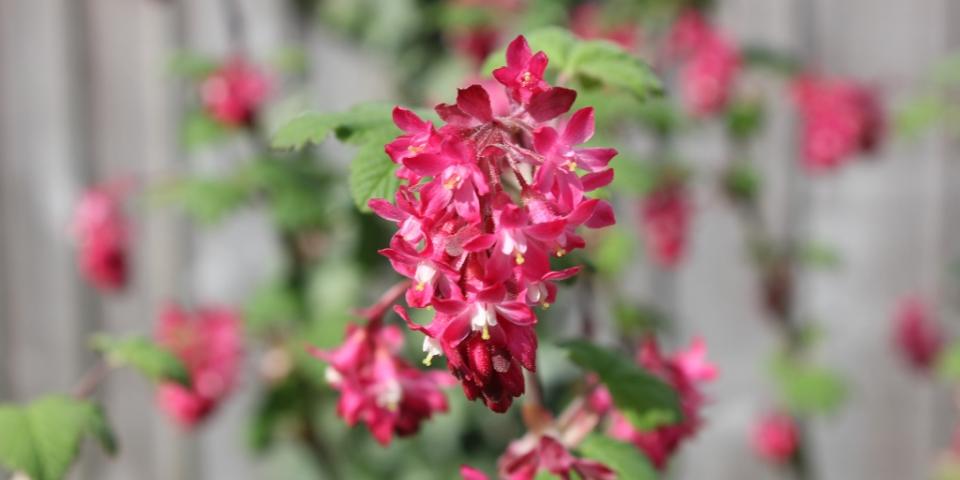- Posted By: beekeeper
- Comments: 0

Many a beekeeper has been heard to say that when the flowering currant (Ribes sanguineum) is in flower, the weather is warm enough for the first colony inspection of the year. This month, my own shrub has come into flower and the weather certainly is warming up enough for me to take a quick look inside each of my colonies. The Ribes is usually one of the early flowering shrubs that provides much-need nectar for colonies coming through the winter and looking to replenish their stores. With the queens laying we should start to see the rate of brood rearing increasing to rapidly expand the colony.
Now is the time to start looking around to see what sources of pollen and nectar there is around the apiary, remembering that honey bees can fly up to 3 miles for good sources of foraging.
Notice your bees when returning to their hives that the colour of the pollen mainly is the same for all of them. That's because they are particularly loyal to one plant at a time. Unlike other pollinators that will fly from one plant to a different plant, the bees work one until they decide to collector nectar or pollen from another.
Nectar is their carbohydrate which gives them energy. Pollen on the other hand is protein, and just like us, they need different types of protein for their own health and well-being.
The image used has been published under the terms of a Creative Commons License and is attributed to Jenifer Tucker.
